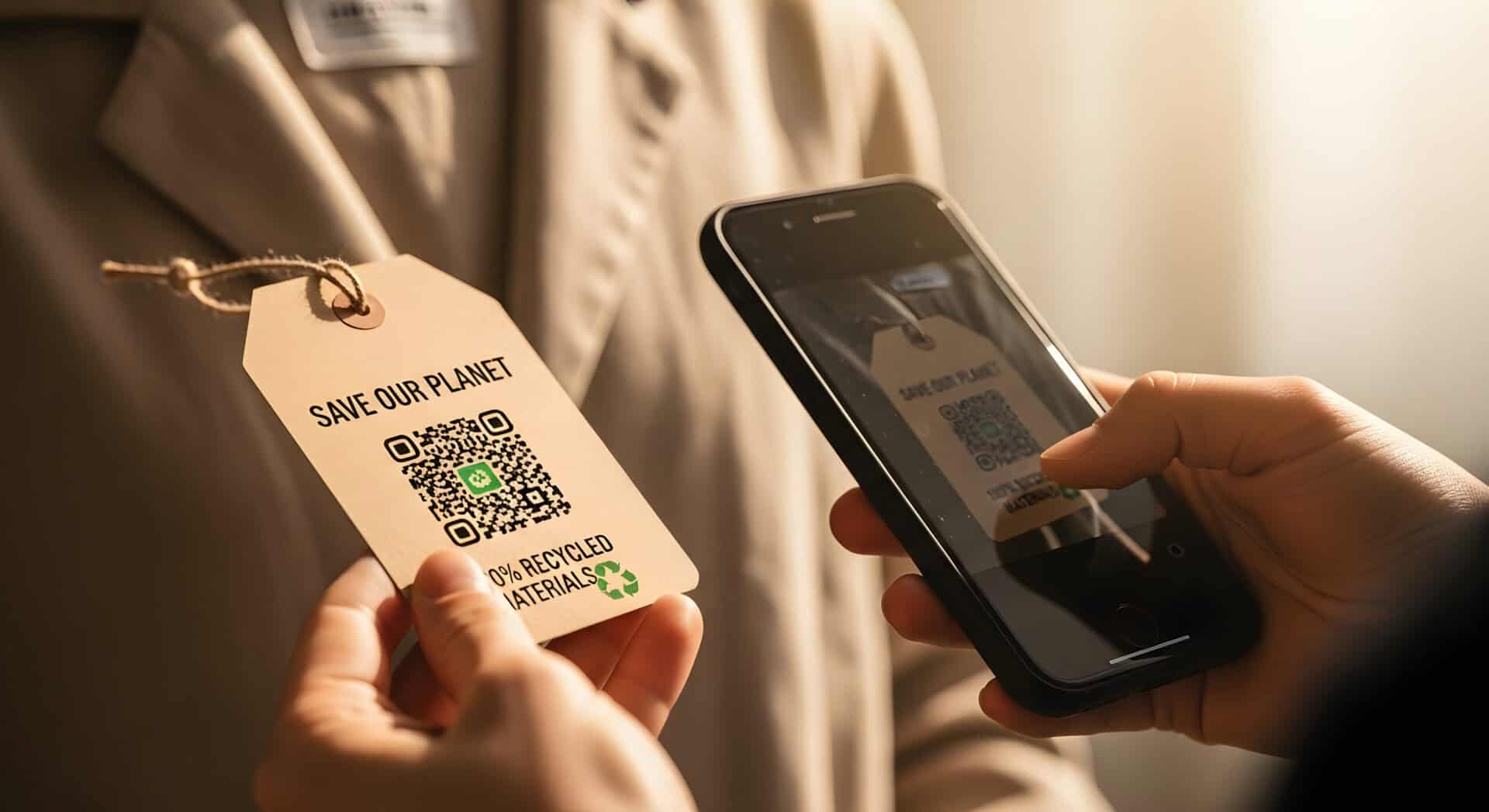So, you have a stack of fantasy football depth chart sheets for your first pick. You’re thinking either a running back or a wide receiver. You are torn. But wait, you suddenly realize you can check how many miles a running back ran last year on the field. You can see how fast your favorite receiver is. RFID tags will allow you to track stats you did not even think of, especially when paired with mobile device management solutions that make accessing and analyzing this data easier than ever.
When the 95th season of the NFL kicks off September 10th in Foxboro, Massachusetts between the defending Super Bowl Champions New England Patriots and the Pittsburgh Steelers, each player will have a set of RFID sensors on their shoulder pads. Those tags will be sending out unique radio frequencies that will be picked up by 20 receivers that each stadium will have. The pair of tags will be placed on the left and right shoulder pad. The data can be delivered from the field to the server in about 120 milliseconds.
 Who is behind this?
Who is behind this?
Our partners over at Zebra are the NFL’s technology partner with the RFID tags and Internet of Things (IoT). With their history of using RFID in smart label printers/encoders and most recently, with Zatar in a machine to machine (M2M) applications, this was an easy transition.
Knowing what your fantasy players are doing in real time can allow you to track them during the game. Every NFL fantasy football offering will have the data integrated into their platform. Have CBS Fantasy Football? No problem. Use Yahoo! Fantasy Football? That works for it too. The data will be shared in Windows 10 and for the gamers out there, Xbox One.
More than just manufacturing:
RFID tags are starting to be used in a different way than what we may have seen before. The amount of data that will be shared in your favorite team will change how you watch football forever. Even for people who do not play fantasy football, you can enjoy football in a completely different way. All with a device that is a size of a quarter.


